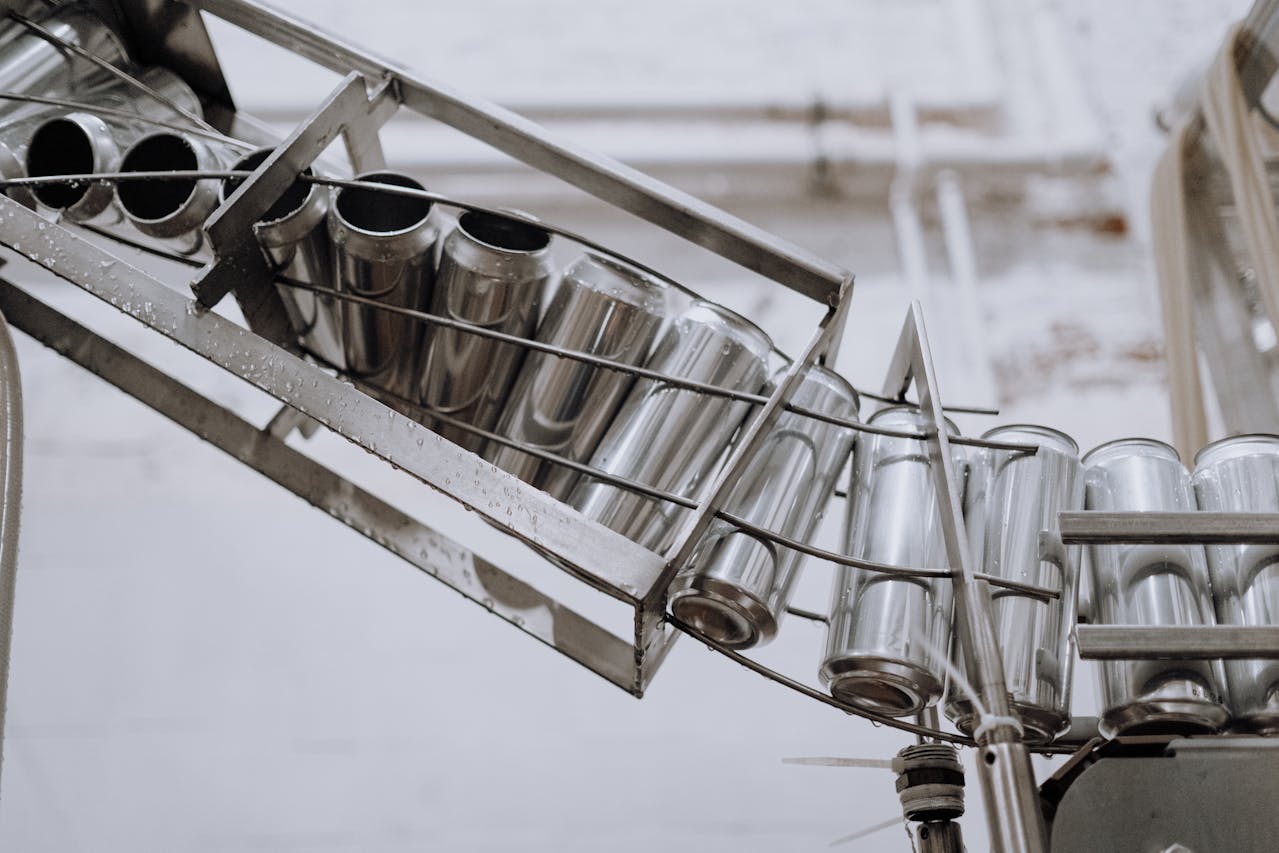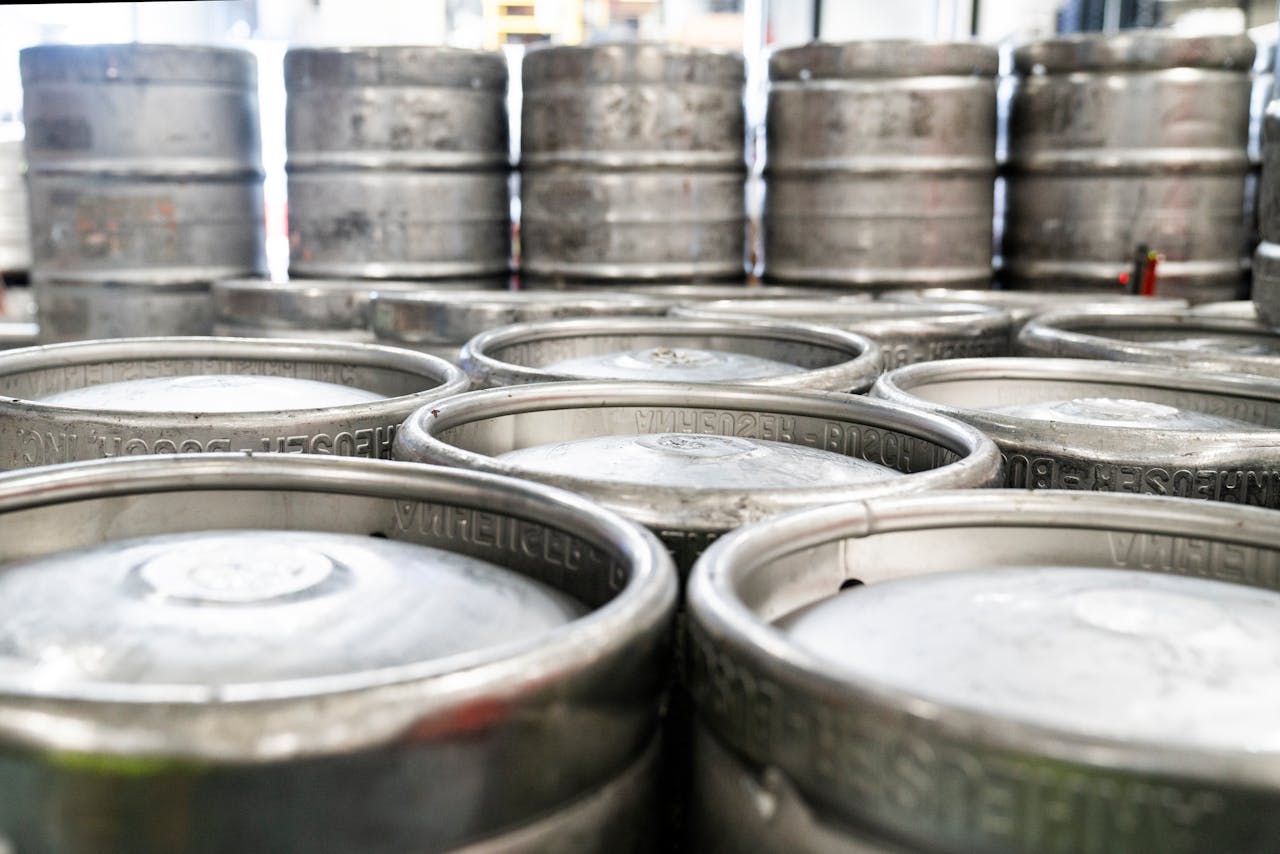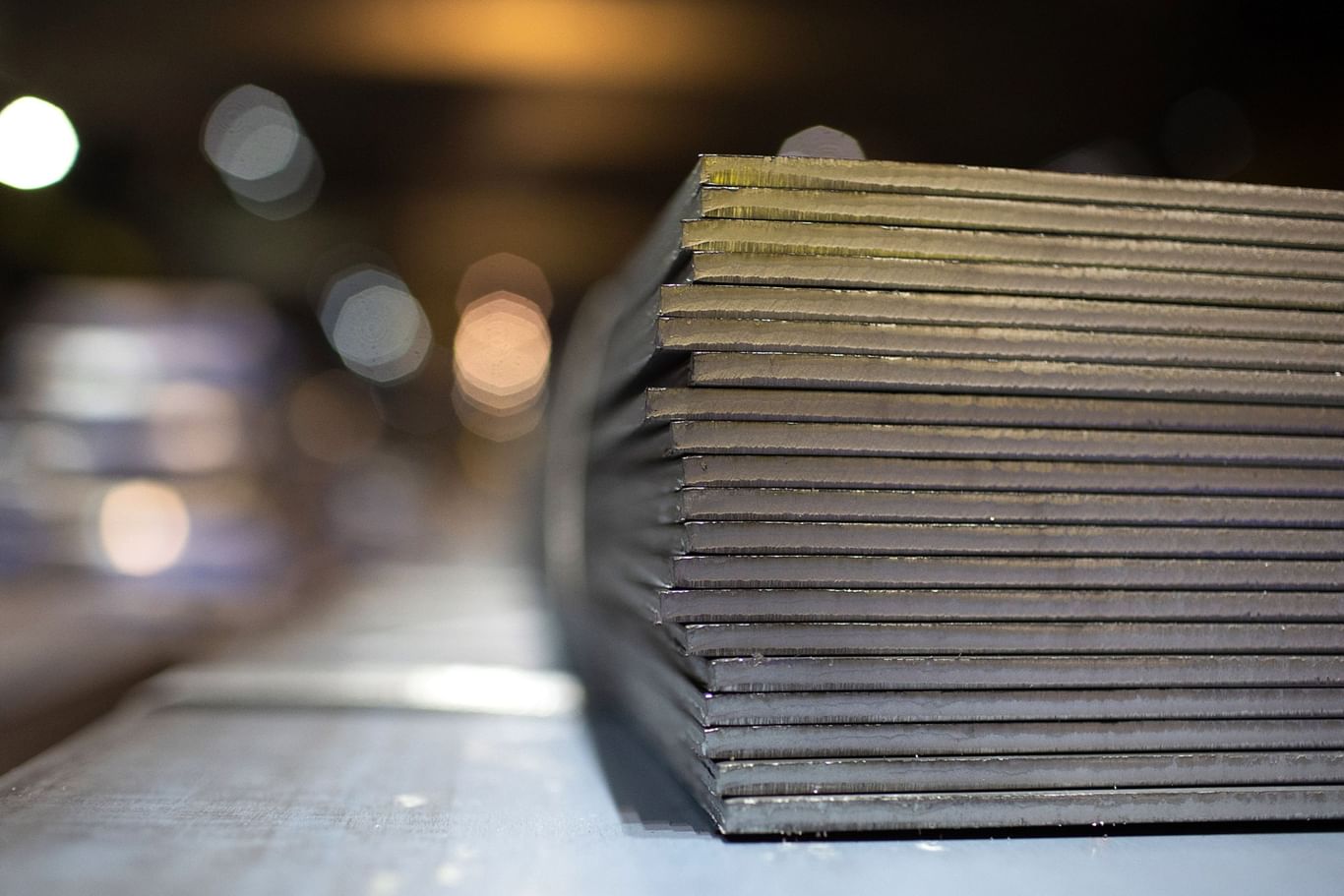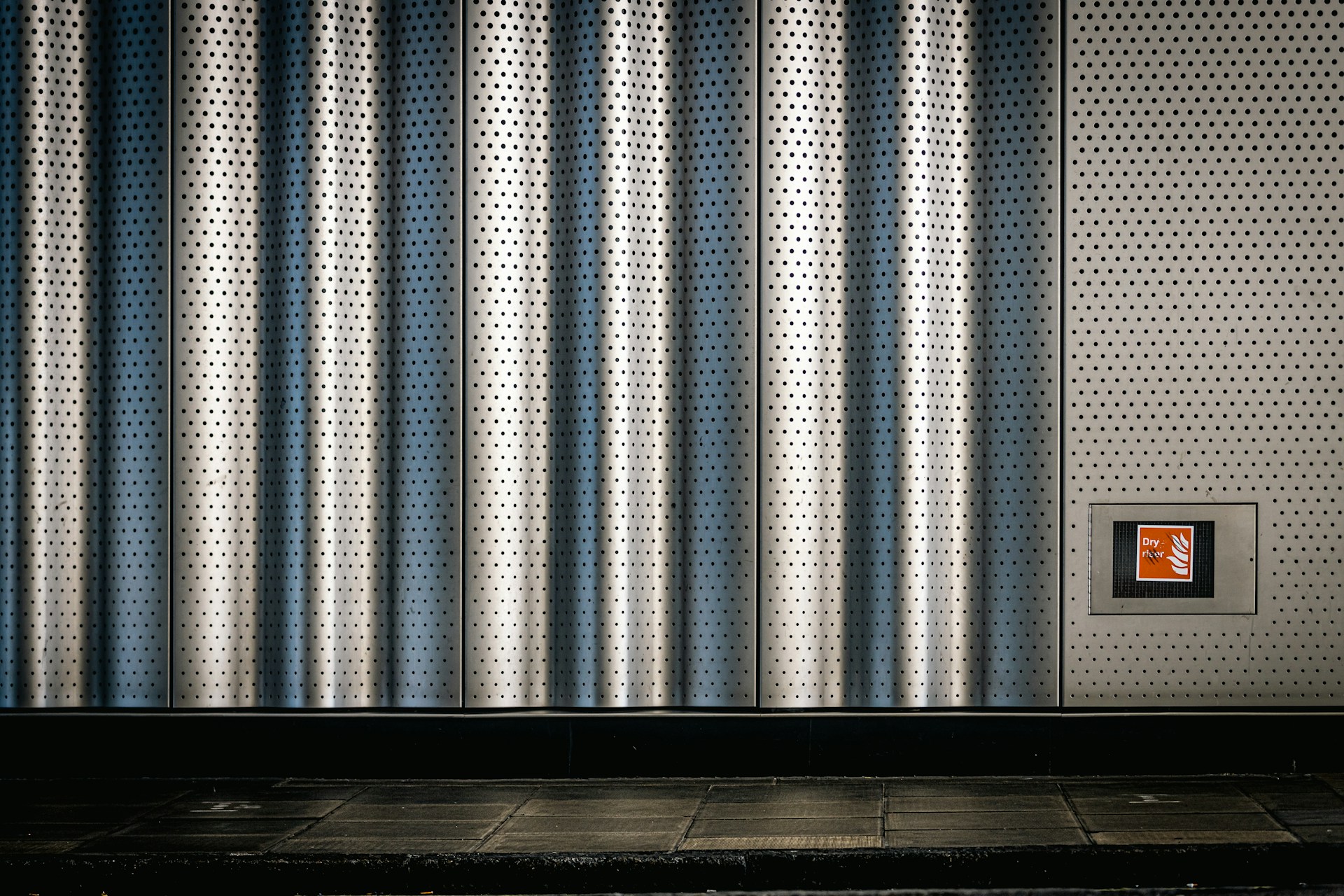A Complete Guide to Stainless Steel Compositions
September 30, 2024
Stainless steel stands out for its toughness, rust resistance, and versatility. Whether it’s used in kitchen appliances or towering skyscrapers, stainless steel is all around us. This quick guide focuses on stainless steel compositions and uncovers the secrets behind its widespread use across a variety of applications.
What is Stainless Steel?
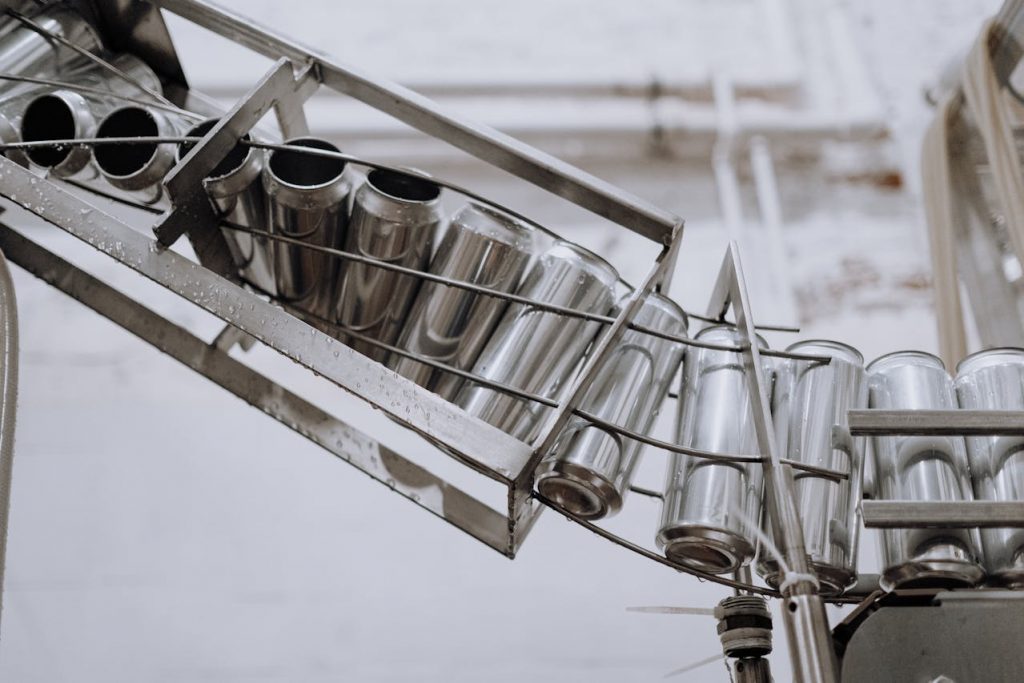
Stainless steel consists of a metal alloy primarily composed of iron and carbon, with at least 10.5% chromium by mass, known for its corrosion resistance.
The defining element in stainless steel is chromium, which gives the material ability to resist rust and other forms of corrosion. Stainless steel is highly versatile, with applications ranging from transportationto medical devices, construction, and aerospace.
The material’s remarkable properties stem from the stainless steel compositions, a combination of various elements, depending on requirement, contributing to its strength, resistance, and adaptability. These properties make stainless steel vital in environments where cleanliness, durability, and strength are essential.
The Main Components of Stainless Steel
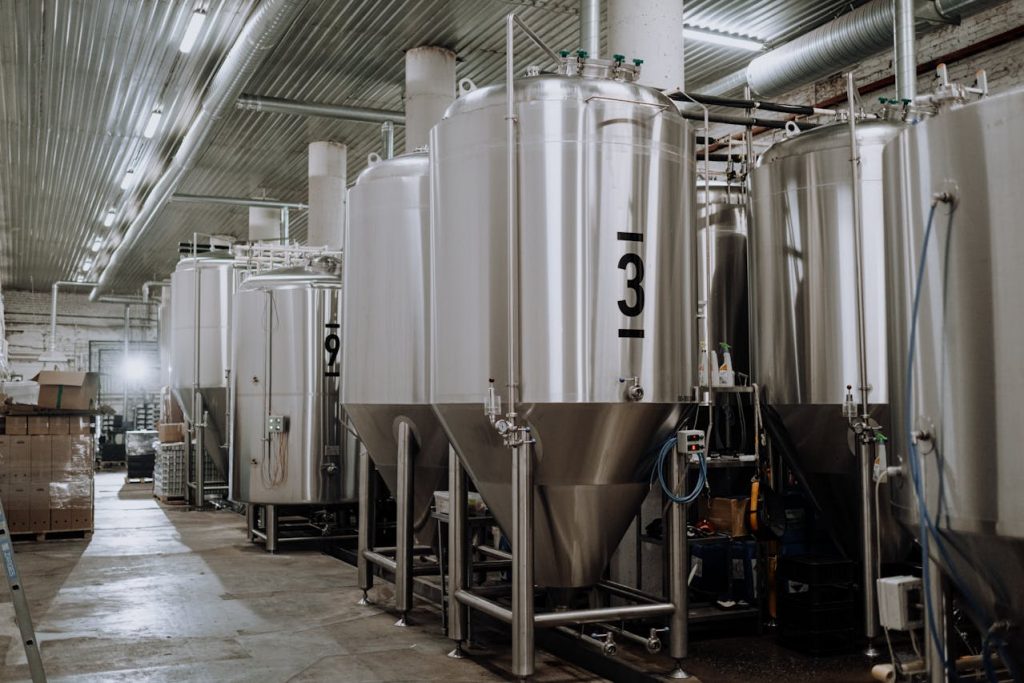
Chromium
Stainless steel consists of chromium, typically between 10.5% and 30% of the total composition. This element provides the material with its primary feature: corrosion resistance. When exposed to air, chromium forms a thin oxide layer on the surface of the metal, preventing rust. This self-healing layer is why stainless steel remains durable and shiny for a longer duration, even in harsh environments.
Nickel
Nickel is often added to the components of stainless steel to enhance its formability, ductility, and strength. Alloys with higher nickel content tend to have better resistance to both acidic and alkaline environments.
Additionally, nickel improves the aesthetic appeal of stainless steel, giving it a brighter, more polished finish.
Iron
Iron serves as the base metal in stainless steel compositions, making up the majority of the alloy. It contributes to the overall strength and magnetic properties of the material. Iron is essential for maintaining the structural integrity of stainless steel, particularly under extreme conditions.
Carbon, Molybdenum, and Other Elements
Carbon is a crucial element in stainless steel alloy composition, influencing the material’s hardness and tensile strength. Molybdenum, another critical component, enhances the alloy’s resistance to pitting and crevice corrosion, particularly in chloride-rich environments.
Additional elements like manganese, silicon, and nitrogen are sometimes introduced into the alloy composition to improve specific properties, depending on the intended application.
This table represents the stainless steel composition percentage for common types of stainless steel
| Iron | 50-72% | Manganese | 1-2% |
| Chromium | 16-30% | Silicon | 0.5-1% |
| Nickel | 8-10.5% | Nitrogen | Up to 0.1% |
| Molybdenum | 2-3% | Phosphorus | ≤ 0.045% |
| Carbon | 0.03-0.08% | Sulfur | ≤ 0.03% |
Types of Stainless Steel Based on Composition
Depending on the stainless steel composition percentage, it can be of different types.
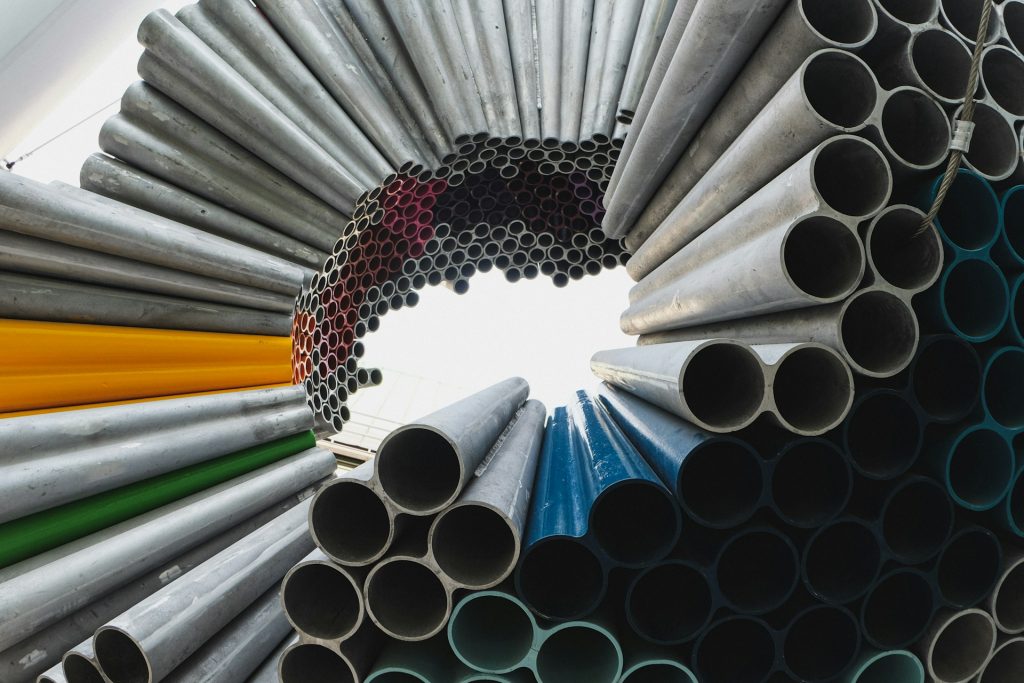
Austenitic Stainless Steel
Austenitic stainless steels are the most widely used type of stainless steel, known for their high nickel and chromium content. This composition results in excellent corrosion resistance and good formability. Common applications include kitchenware, medical devices, and piping systems. The most familiar category is grade of 304 stainless steel.
Ferritic Stainless Steel
Ferritic stainless steels contain lower chromium content than austenitic types and are usually nickel-free. They offer good resistance to corrosion but have reduced ductility and formability. Ferritic stainless steel is often used in automotive exhaust systems and other applications requiring moderate corrosion resistance at lower cost,
Martensitic Stainless Steel
Martensitic stainless steels are known for their high carbon content, giving them superior hardness and strength. However, this composition makes them more prone to corrosion compared to austenitic and ferritic types. Applications are commonly used in knives, cutting tools, and other applications where sharpness and durability are essential.
Why Composition Matters
Understanding the composition of stainless steel is crucial for determining its properties and suitability for various applications. The alloy’s elements and their percentages guide manufacturers in selecting the right type.
For example, in environments exposed to chemicals or saltwater, stainless steels with high chromium and molybdenum content, such as austenitic grades, are preferred for their superior corrosion resistance.
Conversely, applications that require wear resistance and hardness, such as cutlery or surgical tools, benefit from martensitic stainless steels with higher carbon content.
Choosing the correct stainless steel alloy composition ensures that the material will perform optimally, last longer, and provide the necessary properties for the intended use.
Steel the Deal
Stainless steel’s excellent mix of elements gives it a fantastic range of properties, making it a favourite across many industries. From super-strong martensitic grades to rust-resistant austenitic types, knowing what’s in stainless steel helps pick the perfect alloy for any job.
Whether choosing materials for a big construction project, medical gear, or just upgrading kitchen appliances, understanding stainless steel ensures top-notch performance and durability. Explore a wide selection of stainless steel products and discover why this material is such a standout!
